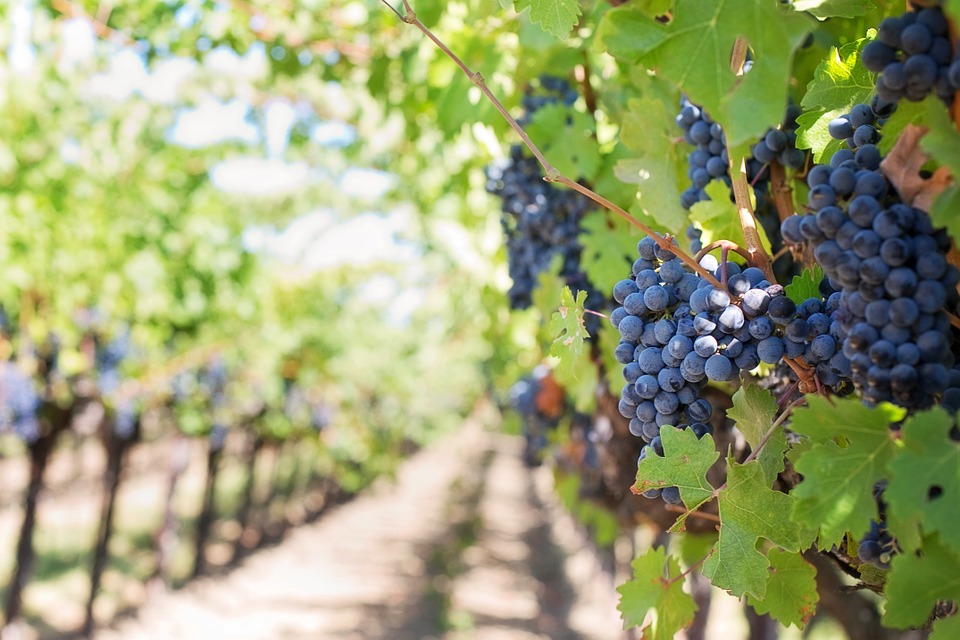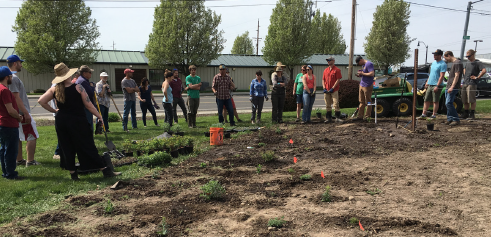Educate With Agrian: Giving Students Hands-On Experience with High-Tech Tools

Agriculture today is advancing quickly. Software is now an integral part of modern farming operations. As part of the ever-changing landscape, agriculture students need experience with software that will assist them in their future profession. That’s why Agrian offers educators and students a complimentary account through the company’s Educate with Agrian program.
Through their Agrian Advisor account, university-level faculty and students have access to tools for:
- Label lookup, including general label information, crop-specific label information (rate, REI, PHI), Personal Protective Equipment (PPE) and Department of Transportation (DOT) information ‘
- Recommendation writing and quickly converting recs to a Pesticide Use Report (PUR)
- Monthly summary application reporting
- Field mapping with GPS and mapping notes
- Precision agronomy tools: GPS soil sampling and scouting
“The Agrian program gives students practical experience with technology,” says Joel Perez, the director of viticulture at the Center for Enology and Viticulture at Walla Walla Community College in Washington.

“First and foremost, I use the program for mapping. I can draw a really in-depth map for students that we then use as the basis for everything we do. For example, we mark exact locations of pests and soil samples, and send the samples to the laboratory with a check-in sheet from Agrian. I can use whatever laboratory I feel comfortable with, and when the lab does the sample analysis, they scan the check-in sheet, and the analysis is automatically added back into the Agrian program, creating map overlays. That makes it really easy to discuss with my students how all these factors inter-relate.”
Perez, who was named one of Wine Enthusiast Magazine’s Top 40 Under 40 Tastemakers for 2017, says he uses Agrian in all three of the viticulture classes currently being taught: Vineyard Establishment, Vineyard Management, and Advanced Vineyard Management and Technology. He also notes that using the program is more than just an academic exercise.
“I don’t have experimental vineyards; I have commercial vineyards that are part of the curriculum,” Perez explains. “Everything we grow is utilized in the college’s grape-growing and wine-making curriculum. So students are not only learning to use the technology, they are learning to execute agronomic decisions, and to see the results of those decisions.”
In addition to mapping and scouting, Perez says he uses Agrian for rec writing because the library of products is so comprehensive. “The other thing I utilize more and more these days is the weather component,” he adds. “Agrian has a section where I can add information from my John Deere weather station system; I link the programs, and as soon as I log into Agrian, I have my weather data, and my weather projection for the next week or so.”

Perez notes that the map overlays also are helpful in seminars and outreach presentations that he delivers outside the classroom. “When scouting and sampling data are displayed on a map, suddenly they are not just a bunch of numbers. A picture is worth a thousand words, and in this case, a thousand numbers! When I show a map, along with a picture of what the vines look like, and then do the same thing six months later, that is easily digestible for students and farmers, alike. It is easier to see correlations and cause and effects.”
“For our students, the benefit of having Agrian in the classroom is that we can integrate real-world agronomic decision making into the academic curriculum. Tech is everywhere, and we are giving students a chance to learn how to use Agrian, which a lot of companies are using, and other related programs, giving them the opportunity to build on that learning as they move forward.”

